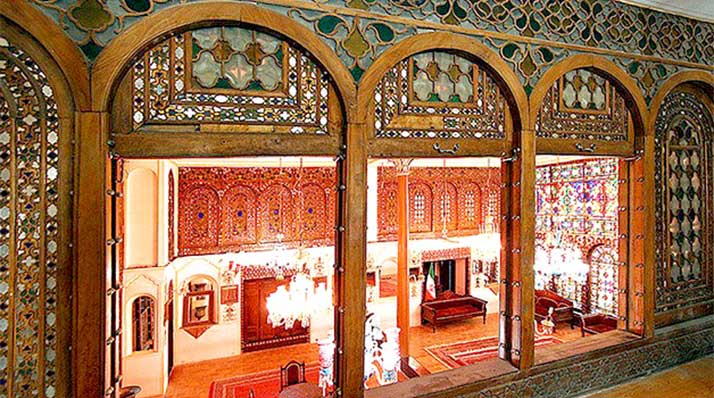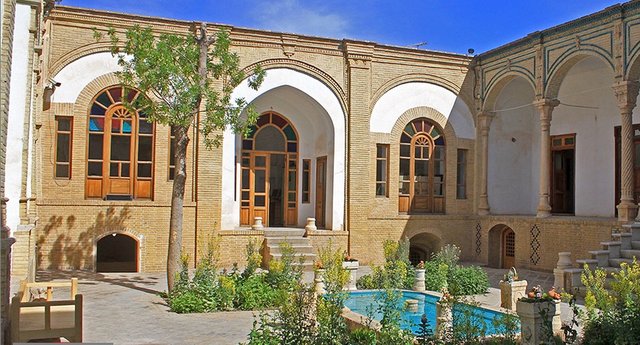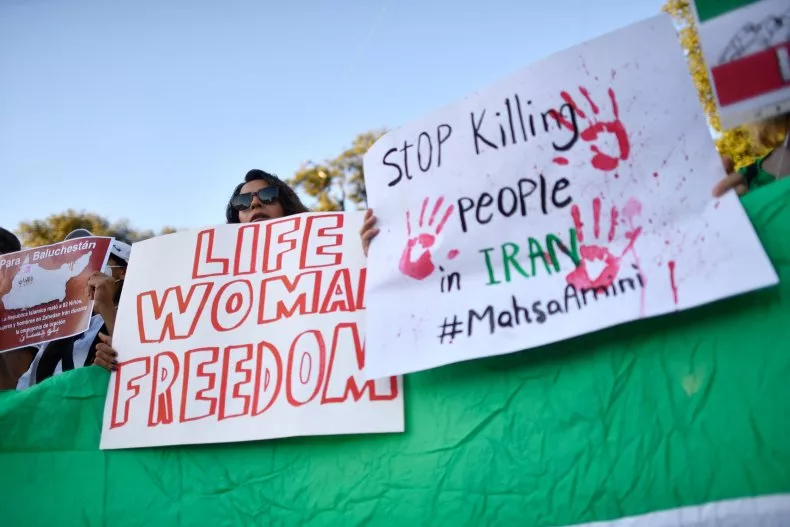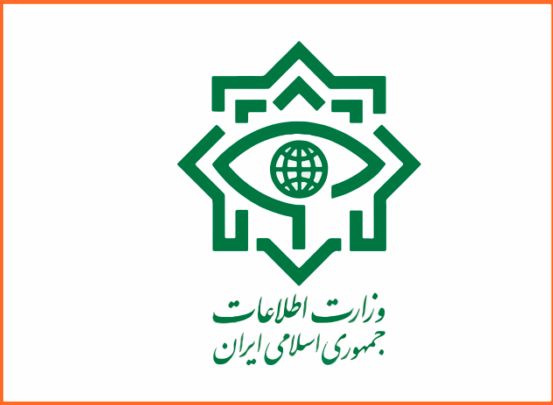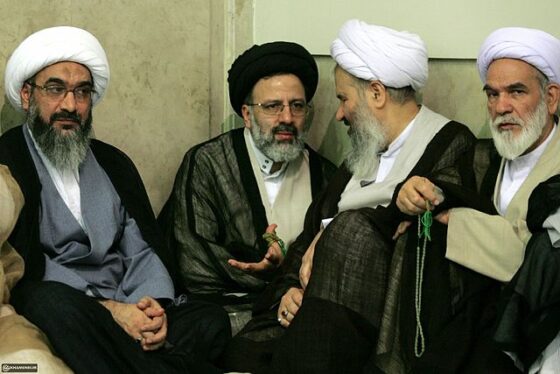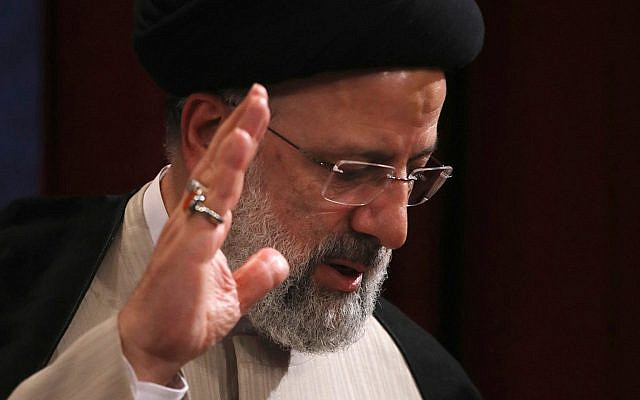China Looks To Build Espionage Hub In Iran Under 25-Year Deal
Published on: 2021-03-27
By Simon Watkins – Sep 07, 2020, 7:00 PM CDT
Trade Oil Futures And Energy Stocks
The next phase of the 25-year deal between China and Iran will focus on a large-scale roll-out of electronic espionage and warfare capabilities focussed around the port of Chabahar and extending for a nearly 5,000 kilometer (3,000 mile) radius, and the concomitant build-out of mass surveillance and monitoring of the Iranian population, in line with the standard operating procedure across China, senior sources close to the Iranian government told OilPrice.com last week. Both of these elements dovetail into Beijing’s strategic vision for Iran as a fully-functioning client state of China by the end of the 25-year period. By that time, Iran will be an irreplaceable geographical and geopolitical foundation stone in Beijing’s ‘One Belt, One Road’ project, as well as providing a large pool of young, well-educated, relatively cheap labor for Chinese industry. The mass surveillance, monitoring, and control systems to cover Iran’s population is to begin its full roll-out as from the second week of November, after the final agreement on event sequencing has been reached in the third week of October at a meeting between Iran’s most senior Islamic Revolutionary Guard Corps (IRGC) and intelligence services figures and their Chinese counterparts. Iran’s Supreme Leader, Ali Khamenei, already agreed on the broad plans in July, according to the Iran sources. “The plan is for nearly 10 million extra CCTV [closed-circuit television] cameras to be placed in Iran’s seven most populous cities, to begin with, plus another five million or so pinhole surveillance cameras to be placed at the same time in another 21 cities, with all of these being directly linked in to China’s main state surveillance and monitoring systems,” said an Iran source. “This will enable the full integration of Iran into the next generation of China’s algorithmic surveillance system that allows for the targeting of behavior down to the level of the individual by combining these inputs with already-stored local, national, and regional records on each citizen, together with their virtual data footprints,” he said. “At the same time as this, China will start to trial its own heavily-censored version of the internet via the Great Firewall of China [that prohibits foreign internet sites], in Iran, and to begin the broad roll-out of Mandarin as a key foreign language to be learned in school, initially alongside English, but then to replace English,” one of the Iran sources added. “By the end of this process, these seven cities in Iran will be among the top 25 most surveilled cities in the world,” he underlined.
Related: China To Fast-Track Adoption Of Hydrogen Cars
This Sino-technologicalisation of Iran is essential to the use of Iran’s labor force by China, as envisioned in the original 25-year plan that was agreed between Iran’s Foreign Minister, Mohammad Zarif, and his China counterpart, Wang Li, last year – itself a development of the previous strategic co-operation deal agreed in 2016. Specifically, Beijing intends to build factories and other centers of business that function as extensions of existing businesses in China, with the same machinery, technology, and production lines, managed by Chinese personnel who have been overseeing identical production lines in mainland China. “It will be exactly like a factory has been picked up from the middle of China by a giant hand and then placed into Iran, just like Apple operates in China or Chinese firms operate in various African countries,” one of the Iran sources said.
The resultant products will then be able to access Western markets by dint of another element of the new 25-year deal, which will be the new transport infrastructure to be financed and implemented by Chinese companies in Iran. Shortly after the new 25-year deal was presented by Iran’s Vice President, Eshaq Jahangiri (and senior figures from the Economic and Finance Ministry, the Petroleum Ministry, and the Islamic Revolutionary Guard Corps to Iran’s Supreme Leader, Ali Khamenei) late last year, Jahangiri announced that Iran had signed a contract with China to implement a project to electrify the main 900 kilometer railway connecting Tehran to the north-eastern city of Mashhad. Adjunct to this, Jahangiri added that there are also plans to establish a Tehran-Qom-Isfahan high-speed train line and to extend this upgraded network up to the north-west through Tabriz.
In tandem with this increased surveillance of the population, China will use the end of the global arms embargo on Iran on 18 October to begin fast-tracked preparations for its increased military presence in Iran, as part of the ‘China-Iran Integrated Defence Strategy’ of the 25-year deal exclusively revealed by OilPrice.com in July. The top priority in these preparations will be ensuring that the military hardware and personnel that China, and Russia, are set to deploy as from the second week of November, are not vulnerable to attack. This equally applies to the oil and gas resources upon which Chinese and Russian firms are still working, despite the U.S. sanctions on Iran, under the guise of standalone contracts. Such efforts would encompass each of the three key EW areas – electronic support (including early warning of enemy weapons use) plus electronic attack (including jamming systems) plus electronic protection (including of enemy jamming), although in the Chinese system, unlike in the traditional Western model, cyber and electronic warfare have been merged into a single discipline.
More specifically, Iran will be host to a range of technology, equipment, and systems coming from both China and Russia, as part of a three-pronged usage strategy for Iran that includes – in addition to the monitoring, surveillance of the workforce – proactive intelligence-gathering capabilities, and an extensive defensive apparatus, as part of, in particular, Russia’s standard anti-access/area denial (A2/AD) operational approach in these conditions. Included in the hardware of the military package, according to the Iran sources, will be the highly-regarded Russian S-400 anti-missile air defense system and the Krasukha-2 and -4 systems that proved successful in Syria. This equipment will function alongside the new dual-use civilian/military centers across Iran, for the air force and naval assets. “In the same way that the Russian military Khmeimim Air Base near Latakia functions alongside the civilian Bassel Al-Assad International Airport in Syria, sharing many facilities, so many of the existing Iranian airports that are designated for this dual-use will be extended to accommodate warplanes from China, and to a lesser degree, Russia,” according to one of the Iranian sources.
Related: The Complete Breakdown Of Russian Output Cuts
“This process will begin with purpose-built dual-use facilities next to the existing airports at Hamedan, Bandar Abbas, Chabahar, and Abadan,” he added. Indeed, OilPrice.com understands from these sources that the bombers to be deployed in the first instance will be China-modified versions of the long-range Russian Tupolev Tu-22M3s, with a manufacturing specification range of 6,800 kilometers (2,410 km with a typical weapons load), and the fighters will be the all-weather supersonic medium-range fighter bomber/strike Sukhoi Su-34, plus the newer single-seat stealth attack Sukhoi-57. It is apposite to note that in August 2016, Russia used the Hamedan airbase to launch attacks on targets in Syria using both Tupolev-22M3 long-range bombers and Sukhoi-34 strike fighters.
At the same time, Chinese and Russian military vessels will be able to use newly-created dual-use facilities at Iran’s key ports at Chabahar, Bandar-e-Bushehr, and Bandar Abbas, constructed by Chinese companies. These companies will have attached to their workforces another 5,000 Chinese ‘security personnel’ on the ground to protect the Chinese projects, although many of these will be air force pilots, warship and submarine officers, special forces officers, and intelligence officers, in addition to straightforward army personnel. “This number will be increased to nearly 50,000 military and neo-military Chinese and Russian personnel within the next 14 months, with around half of that number focussed on developing and safeguarding China’s oil and gas assets in Iran and the other half being used in air force, navy, and intelligence hands-on and training roles,” one of the Iran sources said.
In tandem with all of this, as from the second week of November, China plans to build one of the biggest intelligence gathering listening stations in the world, in Chabahar. “It will have a staff of nearly 1,000, comprising top Chinese intelligence and communications experts, plus some Russians to support their equipment and technology in the field, with a very small number of Iranians chosen from the top ranks of the IRGC in training, and will have a near-5,000 kilometer radius range,” he said. “This will allow the station to intercept, monitor, and neutralize the C4ISR [Command, Control, Communications, Computers, Intelligence, Surveillance, and Reconnaissance] systems used by NATO members and associate members, including U.S.-friendly countries in the region, most notably, Saudi Arabia, the UAE, and Israel,” he added.
As such, the Chabahar facility will allow Beijing to extend its reach in monitoring and disrupting the communications of its perceived enemies across an area ranging from the edge of Austria in the West (including all the former Yugoslav states, Greece, and Turkey), to Egypt, Sudan, Ethiopia, Somalia, and Kenya in the south, and back to the East across all of Afghanistan, India, Pakistan, and Thailand. The Chabahar facility will also be connected into Russia’s intelligence gathering stations in and around its core military bases in Syria – the naval facility in Tartus, and the Khmeimim Air Base near Latakia – which, in turn, would allow it to be easily be tied in to Russia’s Southern Joint Strategic Command 19th EW Brigade (Rassvet) near Rostov-on-Don, which links into the corollary Chinese systems.
By Simon Watkins for Oilprice.com
More Top Reads From Oilprice.com:

